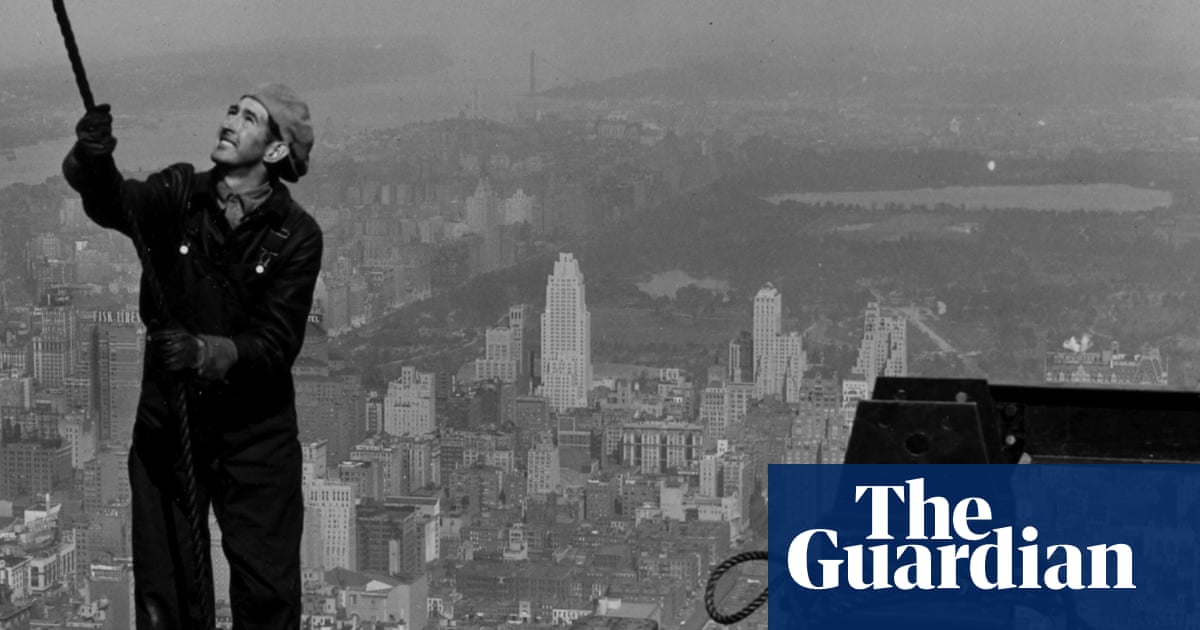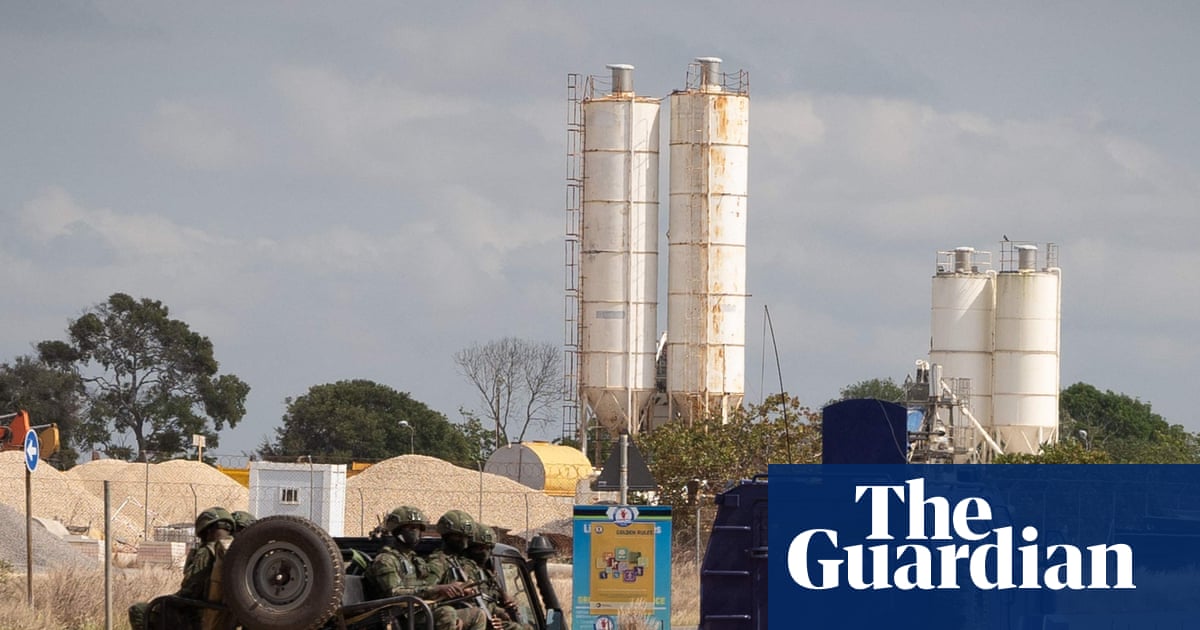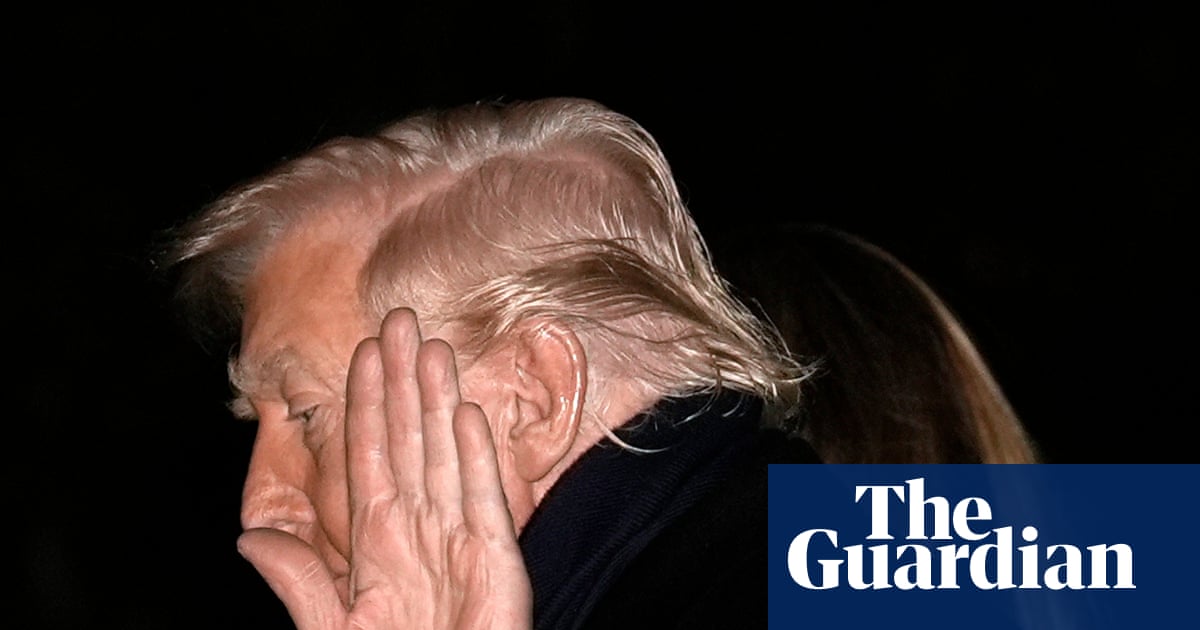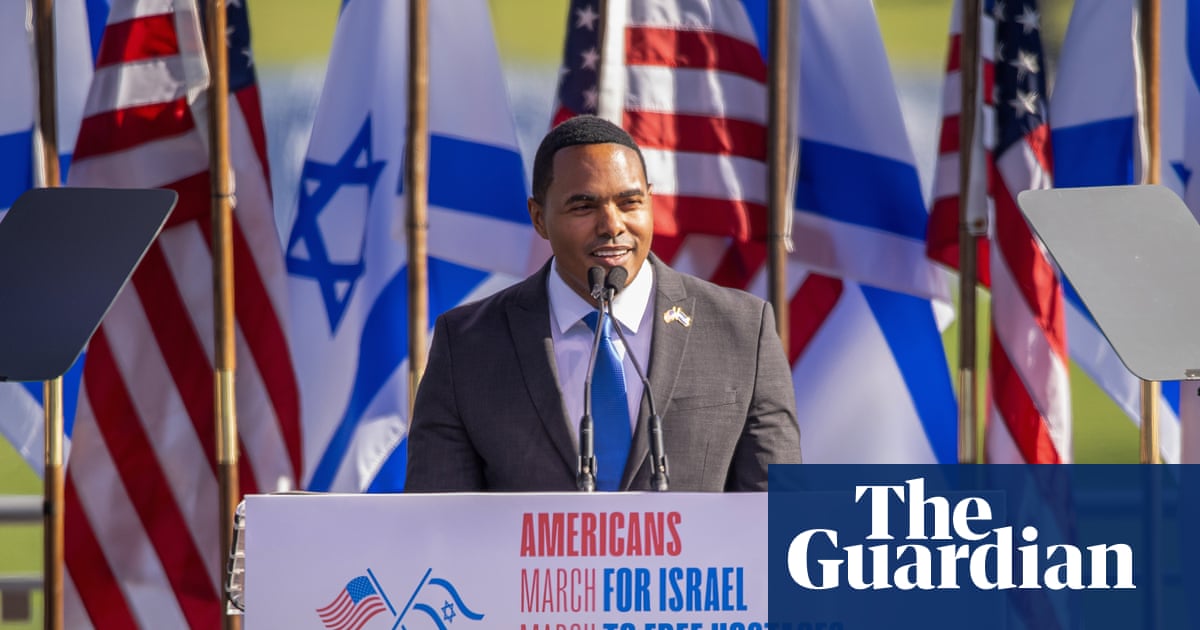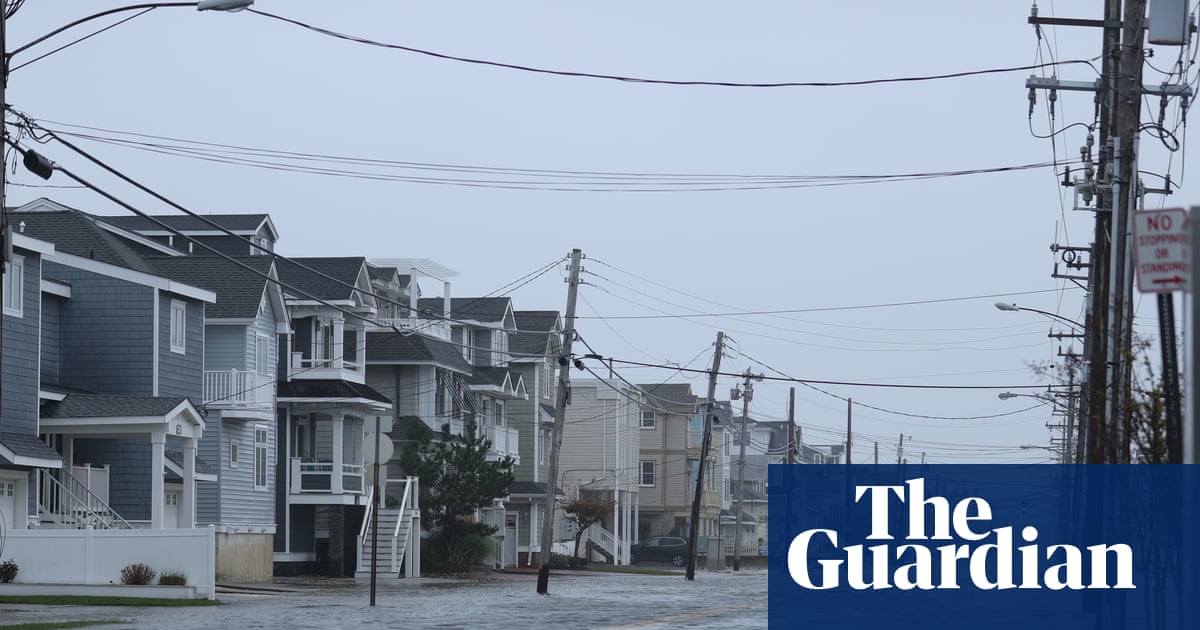Last year, as Donald Trump’s campaign promises and policy proposals became increasingly clear, the Guardian published a series called The Stakes to outline the impact the administration would likely have on the country. The stories were broken down by subject matter – spanning civil rights, health, immigration and cities.
Much of what was covered in the series has played out on American streets and inside homes since Trump was inaugurated in January. From military-level force used in urban centers, to tens of thousands of federal workers fired by the administration, the effects have been felt at every level.
The Guardian’s reporters revisited their reporting to see what happened within one year of the election.
What has happened to abortion rights?
Abortion rights activists feared that a Trump administration would move to ban abortion nationwide. But rather than mount a full-scale assault on abortion rights, Trump has taken a subtler approach that abortion rights supporters say is endangering women who need abortions to save their lives.
After the US supreme court overturned Roe v Wade, Joe Biden’s White House issued guidance clarifying that the Emergency Medical Treatment and Labor Act (Emtala), which blocks hospitals from turning away patients in medical emergencies, protects access to emergency abortions, even in states that ban the procedure. When Idaho banned virtually all abortions, the Biden administration accused the state of violating Emtala, sued Idaho and took the case all the way to the supreme court. The Trump administration then dropped that case and rescinded the Biden-era guidance. Without the reassurance of that guidance, advocates worry that doctors will be too afraid to give patients life-saving abortions. At least five women are believed to have died because post-Roe abortion bans blocked them from care.
After prodding by anti-abortion activists, Robert F Kennedy Jr also announced that the Department of Health and Human Services will re-examine access to the abortion pill mifepristone, which is used in most US abortions. The administration may decide to prohibit doctors from prescribing mifepristone through telemedicine, which is increasingly being used to ship pills to people living under abortion bans.
What happened to protest movements?
Shortly after taking office, Trump ordered unprecedented measures against protesters. Though demonstrations on college campuses over Israel’s invasion of Gaza had quieted down, his administration had several foreign students who participated in them – one of whom had merely written an op-ed criticizing her university’s response to the war – arrested and put in deportation proceedings. The president also ordered active duty Marines and federalized national guard troops into the streets of Los Angeles after protests broke out against arrests of suspected undocumented immigrants by Immigration and Customs Authority (ICE). He followed that up by ordering the national guard into several other cities to purportedly fight crime and protect immigration agents. Both the deportations and the national guard deployments are the subject of legal proceedings, which remain ongoing.
What happened to immigration enforcement?
The Trump administration has taken extraordinary measures to carry out what the president vowed would be the largest mass deportation campaign in US history. Officials are making record levels of arrests, stretching the US detention system well beyond its capacity.
Aggressive raids, carried out by masked agents, have targeted day labor sites and hardware stores, especially in Latino neighborhoods, as well as restaurants and even immigration courts. Despite claims that the government is seeking only the “worst of the worst”, the majority of people being arrested by ICE now have no criminal convictions. Long settled immigrants, green-card holders, US citizens as well as foreign students, veterans, journalists and even children with cancer have all been swept up in the operations, resulting in a slew of lawsuits.
The president took immediate action to effectively seal the US southern border. Illegal crossings have fallen to decades-lows in recent months as enforcement shifts to the interior. Under Trump, the US has slashed its refugee program – reserving spots mostly for white South Africans. The White House has moved quickly to strip immigrants of legal status and protections as it seeks to end birthright citizenship, outlined in the 14th amendment of the US constitution.
What happened to cities?
Trump’s repeated threats to deploy the military in Democratic-run cities to deal with what he erroneously claimed was their “complete breakdown of law and order” have largely come to pass, albeit dampened to some degree by federal court rulings.
Trump was open about his intentions to use federalised national guard troops to seize control of urban centers controlled by Democrats. Back in the White House he kept his word, sending the national guard into Los Angeles; Washington DC; Portland, Oregon; Chicago; and Memphis against the wishes of those cities’ leaders.
Federal judges have temporarily blocked several of those moves, including in Portland and Chicago. The US supreme court is currently considering the legality of the Chicago mobilisation.
What happened to the courts?
The Stakes explored ways in which Trump might weaponise the federal court system to bend it to his will. So far he has not had the opportunity to appoint any more supreme court justices, with the nine staying put.
But then Trump has not needed to. Under the current six to three dominance of conservative justices – three of whom were appointed by Trump during his first presidency – the president has been granted almost everything he wanted on the secretive shadow docket, where temporary rulings are issued from the top court often without explanation.
What happened to national parks, protected land and wildlife?
At the interior department, the Trump administration has moved aggressively to open federal lands and waters to oil and gas drillers, mining companies and agriculture groups. As the Guardian previously forecasted, the administration is pushing to lease large swaths of federal lands to oil and gas companies, including near the famed Boundary Waters Canoe Area Wilderness in Minnesota along with a portion of the Arctic National Wildlife Refuge. It has reversed a Biden-era rule that would have protected roughly 13m acres of federal land on Alaska’s North Slope, home to endangered polar bears and dozens of migratory bird species. And in September, it announced that it would make some 13 million acres of federal land available for coal leasing. Meanwhile the administration, largely through the Department of War, has begun to invest directly in a handful of mining companies with large-scale projects on public lands and is also advancing efforts to explore for rare earth metals and so-called critical minerals on the ocean floor.
The administration has simultaneously weakened bedrock conservation laws, including the Endangered Species Act and the National Environmental Policy Act. In April, the interior department put forward a proposal that would make it easier for developers to get away with harming endangered species, even as it makes it harder for the public to weigh in on oil, gas and mining projects. And in June, the justice department issued a memo that empowered Trump to abolish national monuments, dealing a blow to the Antiquities Act of 1906, which has been used to protect large parcels of public land across the United States for more than a century.
Trump’s team has also engineered a purge of the interior department’s civil service, overseeing a mass departure of employees –including some of the government’s top scientists–from the National Park Service, the Fish and Wildlife Service and many other conservation agencies. This effort, led by “Department of Government Efficiency” (Doge) operatives and other Trump appointees, continues today as the department aims to lay off thousands of additional civil servants amid the ongoing government shutdown.
There were widespread fears last year about how a Trump re-election could harm press freedom and American democracy. Trump himself claimed that he would be a dictator on the first day in office, and there is no such thing as a free press in a dictatorship.
His administration has gone after the reality-based press – through frivolous lawsuits against news organizations, through efforts to restrict access to sources of news, particularly at the defense department. Many news organizations have buckled to Trump’s intimidation or inappropriately attempted to curry favor with him. Vast changes at the Washington Post and at CBS News – two of the most prestigious news companies – have followed.
Some news companies, however, have stuck to their principles and stood firm, but American democracy and press rights have been significantly dismantled in a very short time.
What happened to gun control?
Shortly after his inauguration, Donald Trump dismantled the White House office of gun violence prevention, and directed Pam Bondi, the attorney general, to review federal gun laws to weed out any “ongoing infringements” of the second amendment.
In March, his administration removed an advisory from Vivek Murthy, the former surgeon general, on gun violence as a public health issue from the US Department of Health and Human Services’ website. The next month, the justice department cut more than $800m in grants, including community-based violence intervention programs, that were managed by the justice department’s office of justice programs (OJP).
While big asks from gun rights organizations have gone unanswered, behind the scenes, Trump’s Department of Justice has also proven to be largely gun-friendly.
In April, the justice department nixed a Biden-era “zero-tolerance” policy for gun dealers who willfully failed to follow federal guidelines. In May, the department reversed a years-long precedent that prohibited the sale of devices called forced reset triggers that can be affixed to rifles and allowed to fire rapidly. Before the DoJ’s recent intervention, the items were classified as machine guns.
What happened to foreign policy ?
Trump has delivered the chaos that many believed his return to the White House would bring. From the messy rollout of his tariffs that disrupted worldwide trade, to his erratic efforts to end the wars in Gaza and in Ukraine, to his redrawing of the map of US allies and rivals, his ad-hoc approach to projecting American power around the world is anything but business as usual.
Foreign leaders are looking for ways to build a rapport with Trump – and the various avenues for investment into the Trump family business have created an unprecedented threat for foreign influence on an American president. But he has had successes. Trump has managed to negotiate two ceasefires in Israel’s war in Gaza, though the second came after giving Benjamin Netanyahu a green light to escalating the IDF assault that has left much of the territory uninhabitable. He has managed to cajole US allies in Europe into pledging greater investment in Nato, a campaign promise he managed to fulfill.
But his efforts to negotiate an end to Vladimir Putin’s war in Ukraine have been fruitless. His trade war with China has backfired and exposed the US’s need for critical minerals. And now with the US positioning more forces in the Caribbean, a war in Venezuela may be his next big decision.

 3 weeks ago
24
3 weeks ago
24
